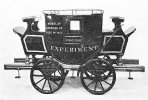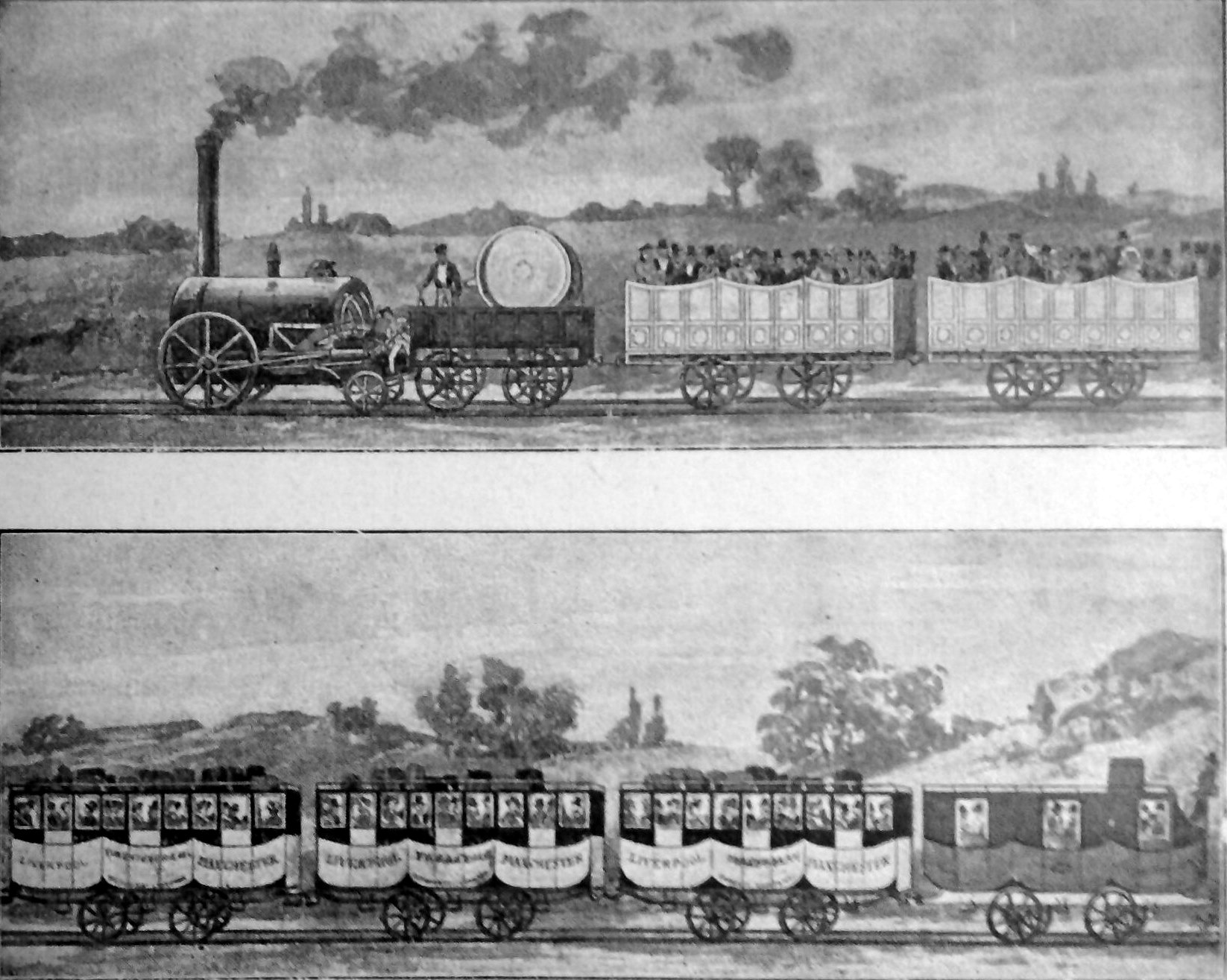Fiction authors getting railway stuff wrong -- "the number is legion" -- this matter has been corresponded about plentifully elsewhere on this board, with my doing considerable taking-part. I'll probably be taken to task here, for being un-PC and misogynistic: but I seem to find that female fiction authors are (with a couple of honourable exceptions) particularly prone to such rail-type errors. Vindication here perhaps, for the old schoolboy meme -- "girls don't like trains, and have no interest in them, and can't understand us as regards this issue".
A thing relevant here, which has always bothered me: has a USA setting. Paullina Simons has written a number of novels, with World War II-and-aftermath US / USSR settings: found by me in the main, pretty literate and readable. One of these, though -- The Bronze Horseman -- contains what I feel to be a doozy of a railway error. The heroine has, by something of a miracle, managed to get out of Stalin's Soviet Union, and is living in the States in 1946 (as was the experience of the Russian-born author, only somewhat more than a generation later). For plot-related reasons now forgotten, heroine needs to make a quite long journey from New York to -- somewhere; novel tells of her using the AMTRAK passenger train service, to do this journey. Had me wanting to yell, "Hey, missus -- you're 25 years ahead of date -- AMTRAK not born or thought of in 1946 !"
Trying to be "sane" about this -- it makes not one iota of difference to the plot; and especially for an author (whose English, by the way, is excellent) who grew up not in the US -- and in a country to boot, where information about relatively petty American doings, can't have been easy to come by: I should in all decency, be ready to cut a considerable amount of slack -- especially about absurdly trivial details. I'd think it highly likely that in the later decades of the USSR: there was there, a clandestine equivalent of our Continental Railway Circle -- avidly (just as a hobby) collecting and circulating among selves, info about railway doings elsewhere in the world, which they weren't supposed to know anything about; imagination goes into overdrive concerning such a, putative, scene... but, no reason that young Paullina would have known about, or had the slightest interest in, such goings-on...



